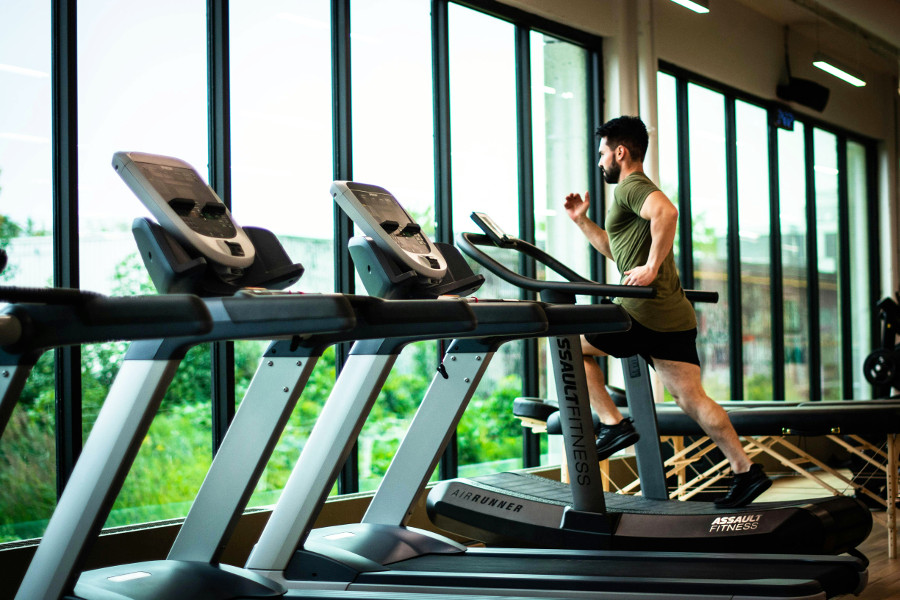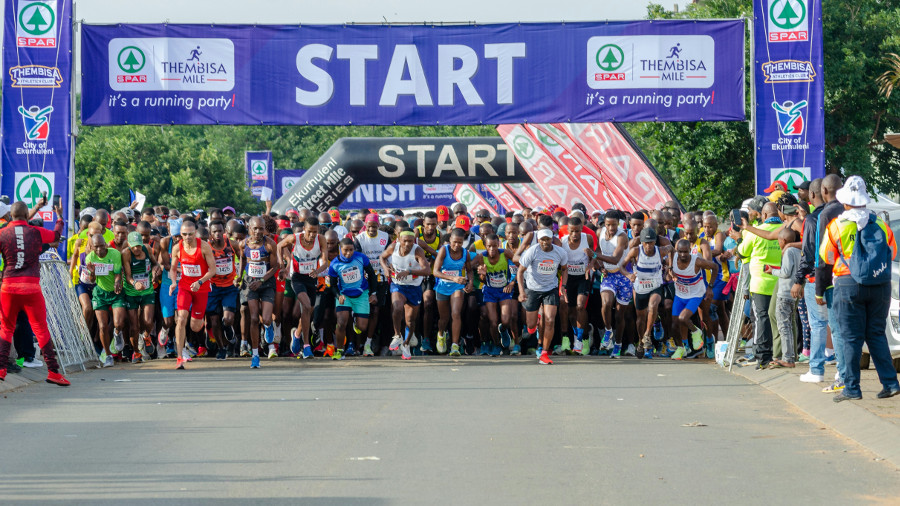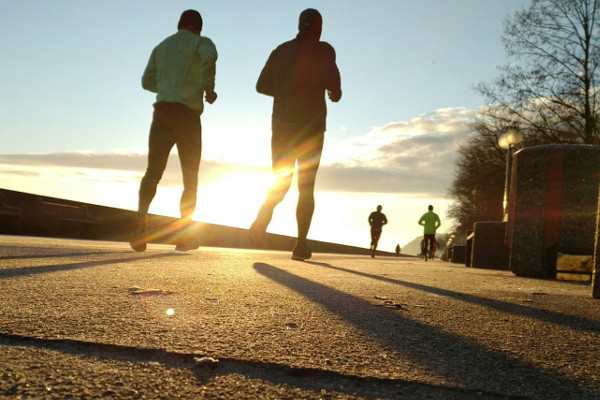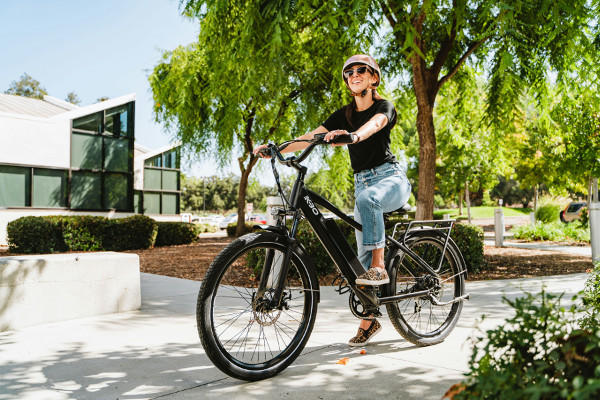How to Prepare for and Succeed in Your 5k Run: Tips and Training Plans
Running a 5k is a fantastic way to challenge yourself, improve fitness, and enjoy the thrill of race day, whether you’re a beginner or more experienced. From understanding the distance to training smartly, pacing, nutrition, and gear, getting prepared can make all the difference. This guide answers key questions to help you approach your 5k run with confidence, avoid common mistakes, and make the experience rewarding and fun from start to finish.

How long is a 5K?
A 5K run is basically a distance of 5 kilometers, which translates to about 3.1 miles. It’s a popular race length because it’s challenging enough to test your fitness, but still very accessible for beginners and experienced runners alike. You’ll find 5Ks everywhere – from local community events to big city races – and they often serve as a great introduction to running. It’s short enough to keep your motivation high, yet long enough to give you a solid workout. Whether you run, jog, or walk it, knowing this exact distance helps you train smarter and set achievable goals, so you can feel prepared and confident come race day.
What’s a good average or target 5K time?
When it comes to a good 5K time, it really depends on who you are and where you’re at in your running journey. For many casual runners, finishing in 25 to 35 minutes is common and a solid goal to aim for. Some seasoned runners might push for times under 20 minutes, but if you’re just starting out, taking closer to 35 or even 40 minutes is perfectly fine. The key is to focus on steady improvement rather than comparing yourself to others. Setting a realistic target that fits your current fitness level keeps you motivated and makes your running experience more enjoyable.
How long should I train to run a 5K?
Training for a 5K usually takes around six to eight weeks if you’re starting fresh. This gives your body enough time to gradually adjust to running without overwhelming you. Most plans involve running or run/walking sessions three to four times per week, helping you build endurance steadily. This period also helps reduce the risk of injuries, so you’re more likely to enjoy race day. More experienced runners might need less time, but beginners should focus on consistent progress, listening to their bodies, and building up slowly. That way, when you toe the line, you’re ready and excited to run.
Can I walk a 5K instead of running it?
Walking a 5K is absolutely a great option and totally accepted in many races. If running feels intimidating or you’re recovering from an injury, walking still offers a fantastic cardiovascular workout. You don’t need to be a runner to finish a 5K – you can combine walking and jogging or walk the whole distance at your own pace. It’s a gentle way to get moving and boost your fitness without putting too much stress on your body. Plus, crossing that finish line after 3.1 miles is a big accomplishment, no matter how you get there.

What should I eat and drink before, during and after a 5K?
What you eat and drink around your 5K really matters for how you feel and perform. Before the race, aim for a light meal about one to two hours ahead, focusing on simple carbs like a banana or toast, and don’t forget to hydrate with water. During a 5K, most runners don’t need to eat, but sipping water, especially if it’s warm, keeps you feeling fresh. After crossing the finish line, refuel with a balanced snack combining carbs and protein – think yogurt with fruit or a smoothie – and keep drinking water to replace lost fluids. This approach helps your body recover and get ready for the next run.
How should I pace myself during a 5K?
Pacing yourself during a 5K is crucial to finish strong and enjoy the race. It’s tempting to start fast, but going out too hard usually leads to burnout halfway through. Many runners follow a “negative split” strategy, meaning they start a bit slower and speed up during the second half. Listening to your breathing and how your legs feel often works better than obsessing over your watch. Training at your target pace before race day builds confidence. The goal is to maintain steady energy throughout so you don’t hit a wall and can finish with a burst of speed if you have it.
What should I wear and which shoes are best for a 5K?
What you wear and the shoes you pick can make a big difference during a 5K. Choose lightweight, breathable clothing that helps wick sweat away and keeps you comfortable, especially in warmer weather. Layering up is smart if it’s chilly. Running shoes should be well-fitted and designed specifically for running – they provide the support and cushioning your feet need. Avoid trying brand new shoes on race day to prevent blisters. Don’t forget moisture-wicking socks too, as wet feet cause discomfort. Wearing the right gear helps you focus on the run and prevents unnecessary distractions.
How often should I run or race 5Ks?
How often you run or race 5Ks really depends on your goals and experience. For beginners, racing once every few weeks or once a month gives plenty of time to train properly and recover. Pacing yourself prevents burnout and injury. More experienced runners might do several races in a season to sharpen their speed and build race-day experience. The key is listening to your body and balancing your training with rest days. Too many races too close together can leave you exhausted, but spacing them out helps keep running fun and sustainable.

What’s the best 5K training plan for beginners?
The best 5K training plan for beginners is one that lasts about six to eight weeks and includes running three to four times a week. You start with a run/walk approach, gradually increasing how much you run and decreasing walking breaks. This slow buildup helps prevent injury and builds endurance safely. Plans usually mix easy runs with some faster intervals and a longer run once a week to improve stamina. Cross-training like cycling or swimming can be a nice bonus to reduce strain on your legs. Rest days are just as important – they give your body time to heal and get stronger.
What common mistakes should I avoid during 5K training?
Some common mistakes to avoid during 5K training include pushing yourself too hard too fast, which can lead to injury or burnout. Skipping warm-ups or cool-downs is another one, as it affects performance and recovery. Neglecting rest days prevents your body from healing and growing stronger. Ignoring hydration and nutrition means you won’t have the energy you need. Wearing improper shoes or uncomfortable clothes can cause blisters or soreness. Lastly, focusing only on speed instead of building endurance can stall your progress. Being patient, pacing yourself, and listening to your body is the smartest way to train.
How do I warm up properly before a 5K race?
Warming up properly before a 5K race sets you up for success. Start with about 5 to 10 minutes of easy jogging or brisk walking to get your blood flowing and heart rate up gradually. Follow that with some dynamic stretches – things like leg swings, high knees, or butt kicks – to loosen your muscles and improve flexibility. Avoid static stretching right before running, as that can reduce muscle power. The goal is to wake up your body without tiring yourself out. Finishing your warm-up a few minutes before the start keeps you ready to hit the ground running.
What should I do on race week or the night before a 5K?
Race week and the night before a 5K are all about preparation and staying calm. Focus on easy runs to keep your legs fresh, and avoid tough workouts that could leave you tired. Hydrate well and eat balanced meals full of carbs, protein, and healthy fats. Get a good night’s sleep – rest is crucial to perform well. Lay out your clothes and gear ahead of time to reduce stress on race morning. Don’t try anything new – shoes, food, or routines – so you avoid surprises. Mentally picture the race, set realistic goals, and trust your training to feel confident and ready.
Here are a few useful resources for further reading:
- Verywell Fit – How to Train to Run Your First 5K
- REI – 5K Training Plan for Beginners
- Runner’s World – How to Run Your Perfect 5K
Enjoy your adventure in running 5K.



